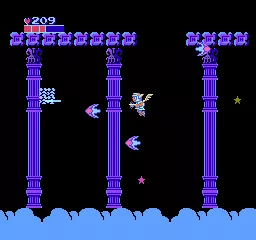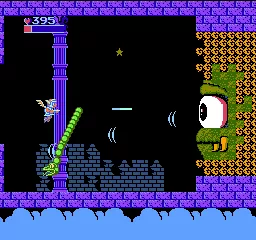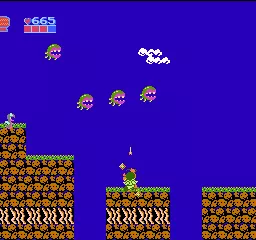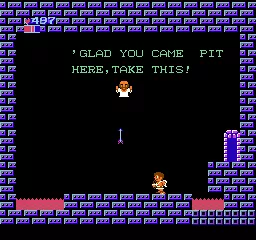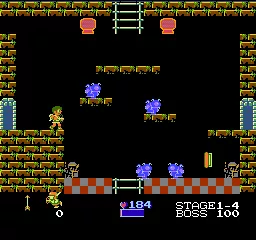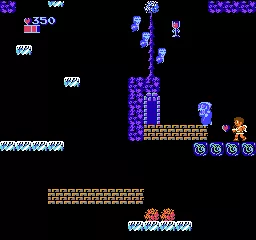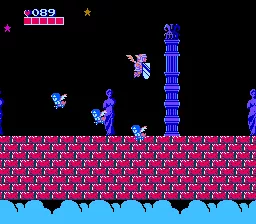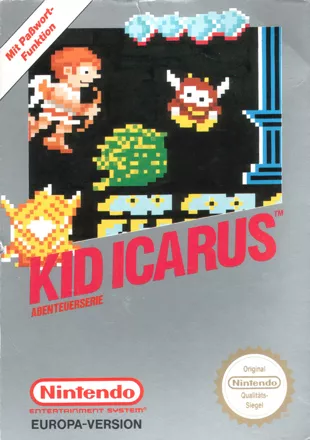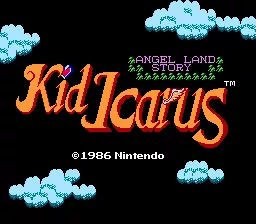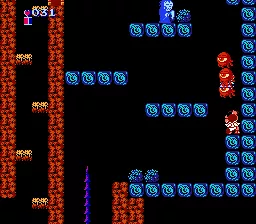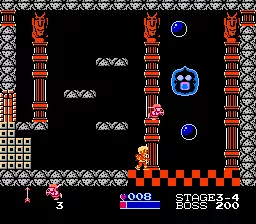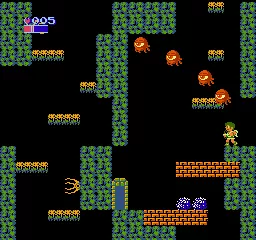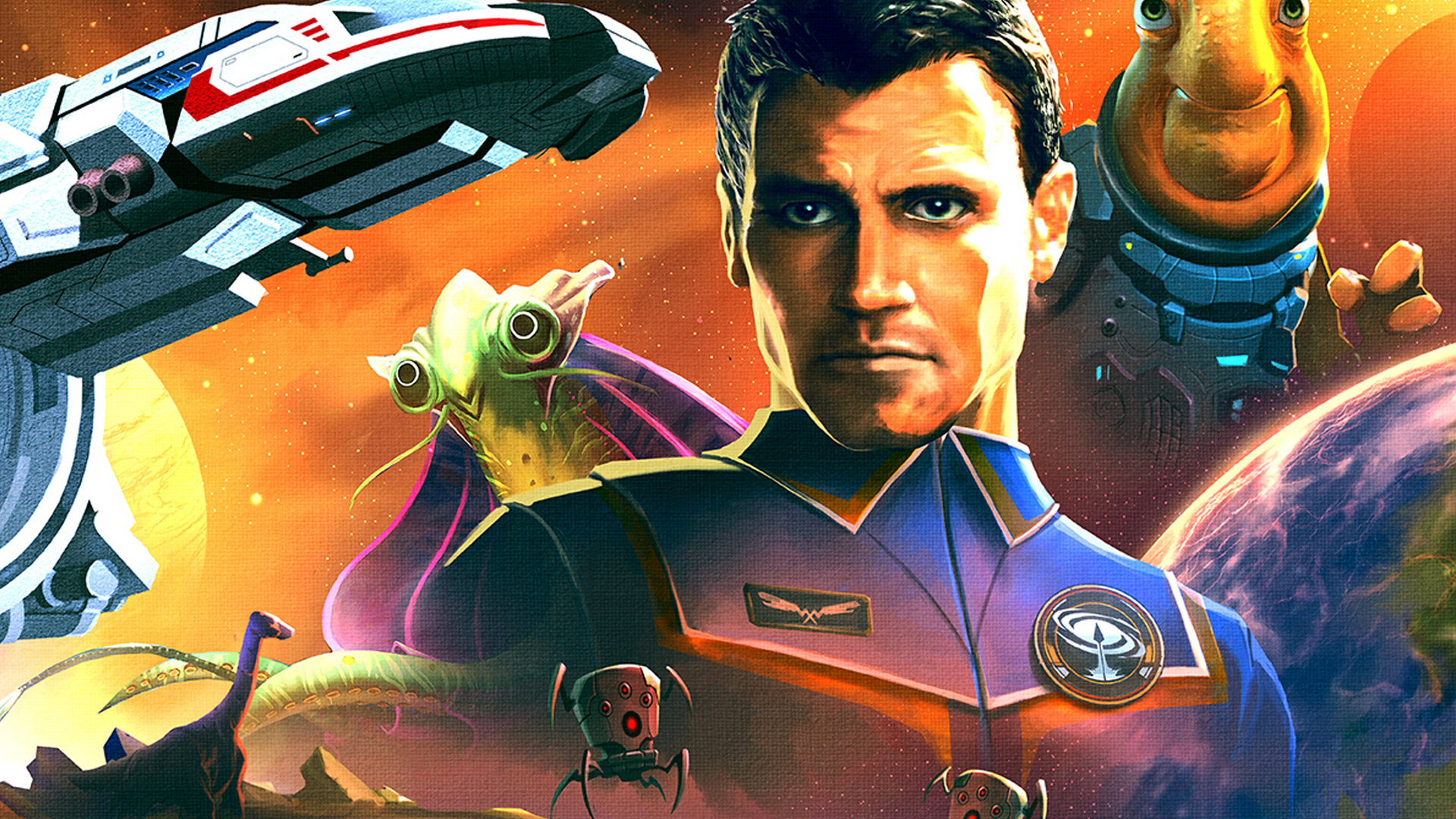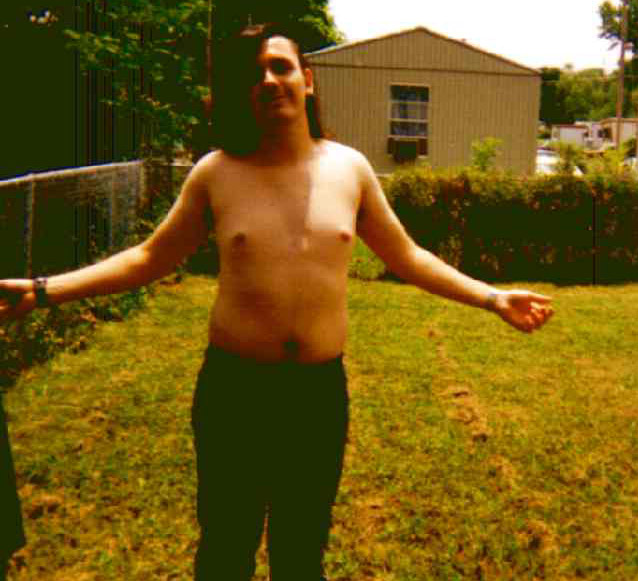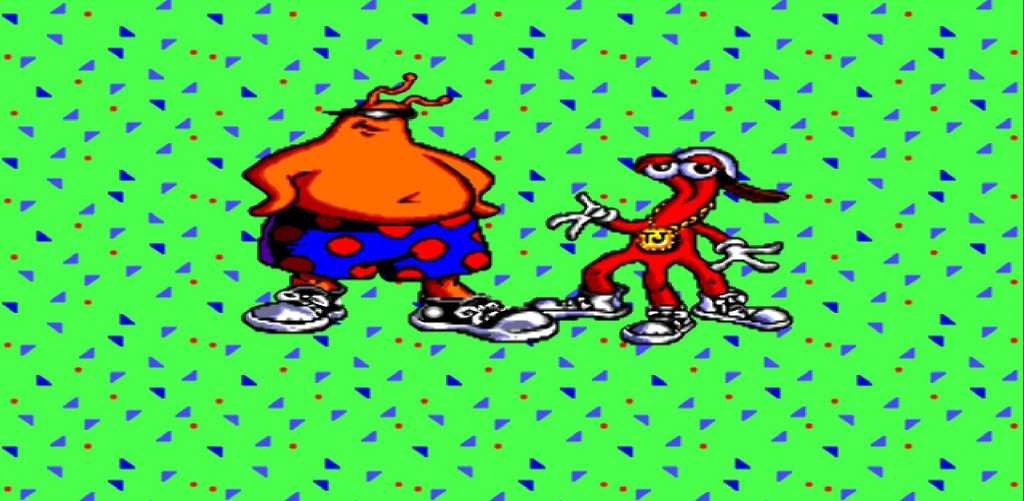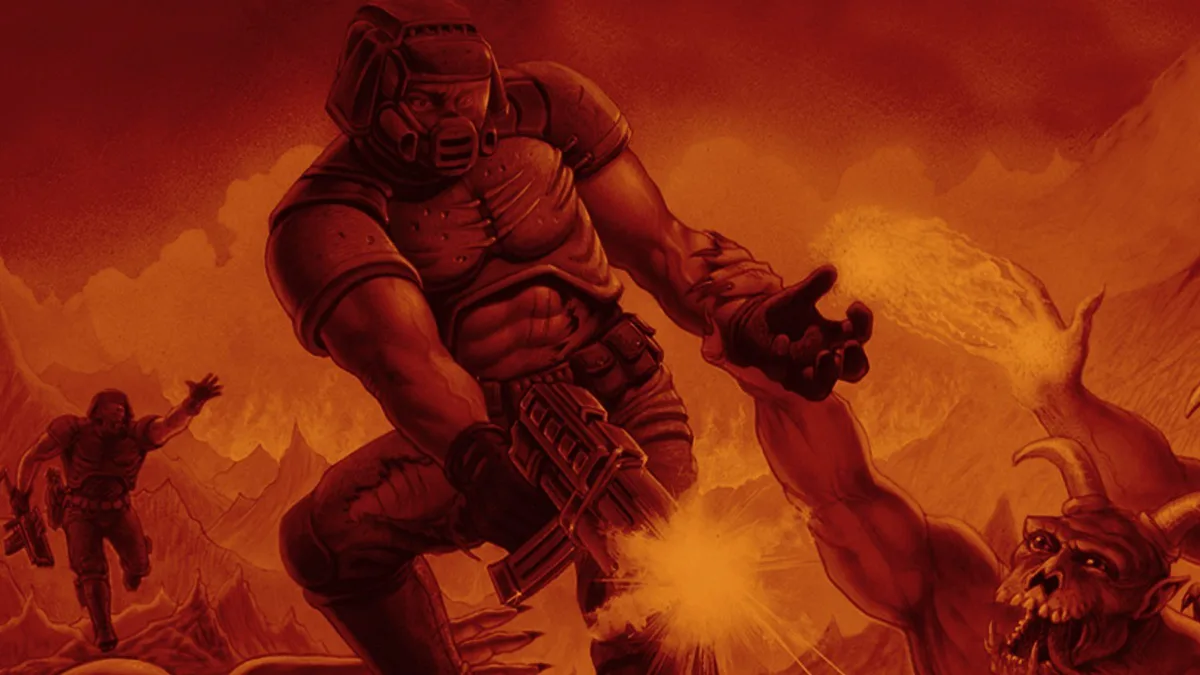(HEY YOU!! We hope you enjoy! We try not to run ads. So basically, this is a very expensive hobby running this site. Please consider joining us for updates, forums, and more. Network w/ us to make some cash or friends while retro gaming, and you can win some free retro games for posting. Okay, carry on 👍)
Retro Review: Kid Icarus on the NES
Nostalgia has a pixelated face, and for many, it looks a lot like “Kid Icarus,” one of the early gems in the NES library. Developed and published by Nintendo, this game is a cornerstone of classic gaming. I remember distinctly, before even owning an NES, which I received Christmas of 1987, seeing “Kid Icarus” at a Kmart kiosk. It was October 1987, the music enchanted me, and it has been an earworm ever since. Returning to the game decades later, I was delighted to find that it retains much of its original charm, and the SHMUP (shoot ’em up) style level remains a highlight.
Developer and Origin
“Kid Icarus,” or “Palutena no Kagami” as it’s known in Japan, was created by Nintendo’s Research and Development 1 (R&D1), the same team behind “Metroid.” Directed by Satoru Okada and produced by the legendary Gunpei Yokoi, the game was an ambitious project that sought to blend platforming with dungeon crawling and shoot ’em up elements. Wikipedia’s page on Kid Icarus details its development history and its impact on the gaming industry.
Graphics and Music
For a game released in 1986 in Japan and 1987 in North America, “Kid Icarus” showcased what the NES hardware could do. The graphics were detailed for their time, with varied environments depicting the Underworld, Overworld, Skyworld, and the Palace in the Sky. The character designs were charming, and despite the limitations of the NES, each character had a unique look that stood out.
The music, composed by Hirokazu Tanaka, was nothing short of captivating. The iconic “Underworld Theme” was one of those pieces that transcended gaming; it was a melody that could get stuck in your head for days. The soundtrack’s ability to convey the mood of each level was, and still is, a significant part of the game’s appeal.
Gameplay and Story
“Kid Icarus” follows the story of Pit, a young angel trapped in the Underworld, as he battles his way through various domains to rescue the Goddess of Light, Palutena. The game is divided into three primary worlds, each culminating in a fortress level with a boss fight. Pit’s journey was filled with peril, from navigating platforming challenges to fighting off mythical creatures.
The gameplay blended traditional side-scrolling action with vertical platforming and even included some light RPG elements, such as upgrading Pit’s strength, weapons, and collecting items. The controls were tight, although the difficulty was notably unforgiving, a hallmark of many games of that era.
Public Reaction and Legacy
Upon release, “Kid Icarus” received a warm reception, praised for its ambitious design and enchanting music, though some found the difficulty off-putting. Over time, it has become a cult classic. Its initial sales were modest but grew to be appreciated as an essential part of the NES library. The character of Pit later gained renewed fame with his inclusion in the “Super Smash Bros.” series, sparking interest in the original game.
Facts About the Game
- “Kid Icarus” is one of the few NES games to use the FDS’s (Famicom Disk System) extra sound channel for its Japanese release, enhancing its already impressive audio.
- The game introduced the concept of “Icarus wings” power-ups in video games, which became a recurrent theme in future titles.
- It was one of the first games to feature multiple endings, depending on the player’s performance and the items collected.
- Pit’s character design was inspired by classical mythology but adapted to have a unique Nintendo charm.
Replay Value
“Kid Icarus” is a game that stands up to repeated playthroughs. The challenge it presents is as compelling now as it was back then. With hidden items and weapon upgrades scattered throughout the levels, there is plenty to come back for.
Community Perspective
Members of the “Retro Replay” community still hold “Kid Icarus” in high regard. One member, Jonathan Morris, commented,
“Kid Icarus is a testament to the creativity of early game design. It dared to combine genres and presented us with a world both challenging and enchanting. Its difficulty might be off-putting to some, but it’s a journey worth taking, especially for those who appreciate the roots of modern gaming.”
Conclusion
“Kid Icarus” was ahead of its time, a bold blend of genres that created an unforgettable experience. It’s a game that has earned its place in the pantheon of classic NES titles. Beating the game recently brought back a flood of memories and a reminder of the days when games were unforgiving but rewarding,and the joy of gameplay was in the discovery and the journey, not just the destination. The SHMUP style level, a departure from the platforming norm, was a refreshing and innovative addition that still stands out in my recent playthrough.
For those who have never played “Kid Icarus,” it’s a piece of gaming history that is worth experiencing. For veterans, it’s a nostalgic trip worth taking again. And for me, it remains one of the first and most enduring NES experiences, echoing from a Kmart kiosk in 1987 to the present day.
“Kid Icarus” is a game that continues to soar – not just in Skyworld but in the memories and hearts of gamers everywhere. It’s a testament to Nintendo’s legacy and a symbol of an era when the music from a game could resonate for decades.
The verdict.
Graphics - 91%
Sound - 100%
Gameplay - 91%
Replay value - 86%
92%
Kid Icarus is a testament to the creativity of early game design. It dared to combine genres and presented us with a world both challenging and enchanting. Its difficulty might be off-putting to some, but it's a journey worth taking, especially for those who appreciate the roots of modern gaming.
 Retro Replay Retro Replay gaming reviews, news, emulation, geek stuff and more!
Retro Replay Retro Replay gaming reviews, news, emulation, geek stuff and more!

